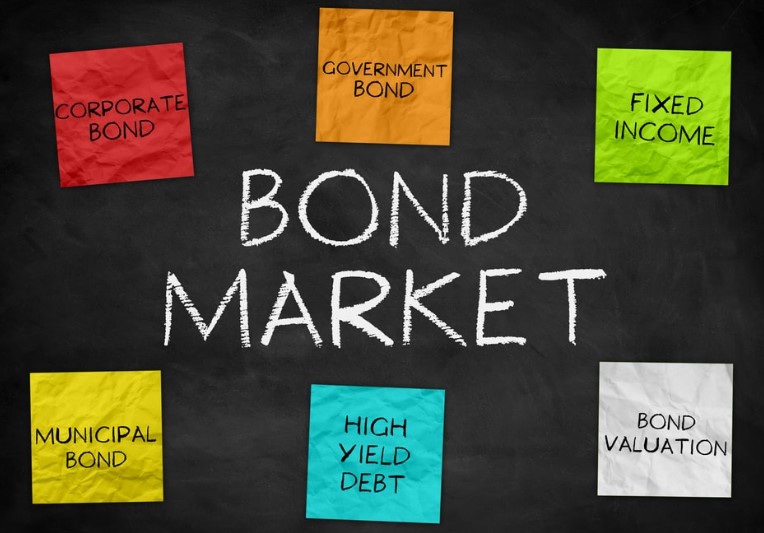Managing Defensive Assets
While there are many technical factors that influence company share prices, often investor confidence plays a major part in the stock market performance.
Defensive assets on the other hand are largely fixed in their return outcomes, hence why the asset class is often referred to as “fixed income”. However, unlike the share market there is no exponential upside while the downside risk is the same, i.e. $0.
In simplistic terms you loan your money; the borrower pays you interest and if all things go well you receive the initial loan amount back at the end of the agreed term. It is essentially what the banks do with term deposits, i.e. they offer you 2% for a term deposit, add a margin of circa 2%, and lend it to households and business at 4%, therefore making a 2% profit.

With interest rates at all-time lows this week we thought we would explore the important characteristics to understand when investing in defensive assets.
- Borrower – what is the financial strength of the borrower, i.e. how confident are you that they will pay you the interest and your money back at the end of the term. Most governments and companies listed on the share market have a credit rating to make this decision easier. Developed countries like Australian and the US have a AAA credit rating by Standard and Poor’s (S&P), the highest rating possible. The big 4 banks (NAB, WBC, CBA and ANZ) in Australia are AA rated and companies like Woolworths, Telstra, BHP are A rated. Then it moves to BBB which is still investment grade, and anything less than BBB is classified as sub investment grade. The lower the rating the higher risk of default as well as the higher return.
- Term – it makes sense that the shorter the time frame you loan your money for, the greater the probability it will be paid back.
- Rate of return – this all depends in the quality of the borrower and is calculated as a margin (credit spread) above the risk-free rate, which in Australian is the Reserve Bank of Australian cash rate, currently 1.00%. Naturally, the higher the credit quality the lower the margin. In a low interest rate environment those seeking higher returns are often drawn to sub investment grade and underestimate the risk associated.
- Fixed vs Floating issuance – are you fixing the rate or is it a floating. Think about this similar to a home loan. In a floating rate (variable home loan) security, your return simply goes up or down depending on the interest rate movement. With a fixed rate (duration) you can win or lose depending on the direction of the interest rate. For example, if I own a security paying me 3% and new one is issued at 2% then my security becomes worth more. On the other hand, if a new security is issued at 4% then mine is worth less. This is why your capital can fluctuate as opposed to a term deposit which is fixed.
- Par Value – most fixed income investments are issued at a face value of $100 and mature at $100. While the price can fluctuate during the term the start and finish values are the same.
- Over the counter market – many people do not know that the Australian Fixed Income market is 3 times the size of the Australian share market. While there is a very active secondary market new issuance are often negotiated between companies and lenders. This is referred to as an “over the counter” transaction.
- Minimum investment - $500,000 for one security and hence in Australia fixed income is largely limited to institutional investors only. In Europe and the US many retail investors can participate by investing as little as $10,000 per security. Therefore, in Australia retail investors tend to gain access via managed funds.
- Managed Funds – when investing in defensive assets via a managed fund you lose the characteristics of the fixed nature of the investment as securities are constantly being traded. Hence as a retail investor it is important to understand the overall credit rating of the borrowers, weighted average maturity, and positioning of that particular managed fund. With so many to select from understanding these metrics is very important.
Summary
With interest rates being so low the difference between cash and fixed income is narrowing however 0.50% - 0.75% p.a. does make a difference over time and in the current environment worth paying attention to. Given elevated share market valuations how you manage your defensive assets is important and play a critical role in managing portfolio risk







